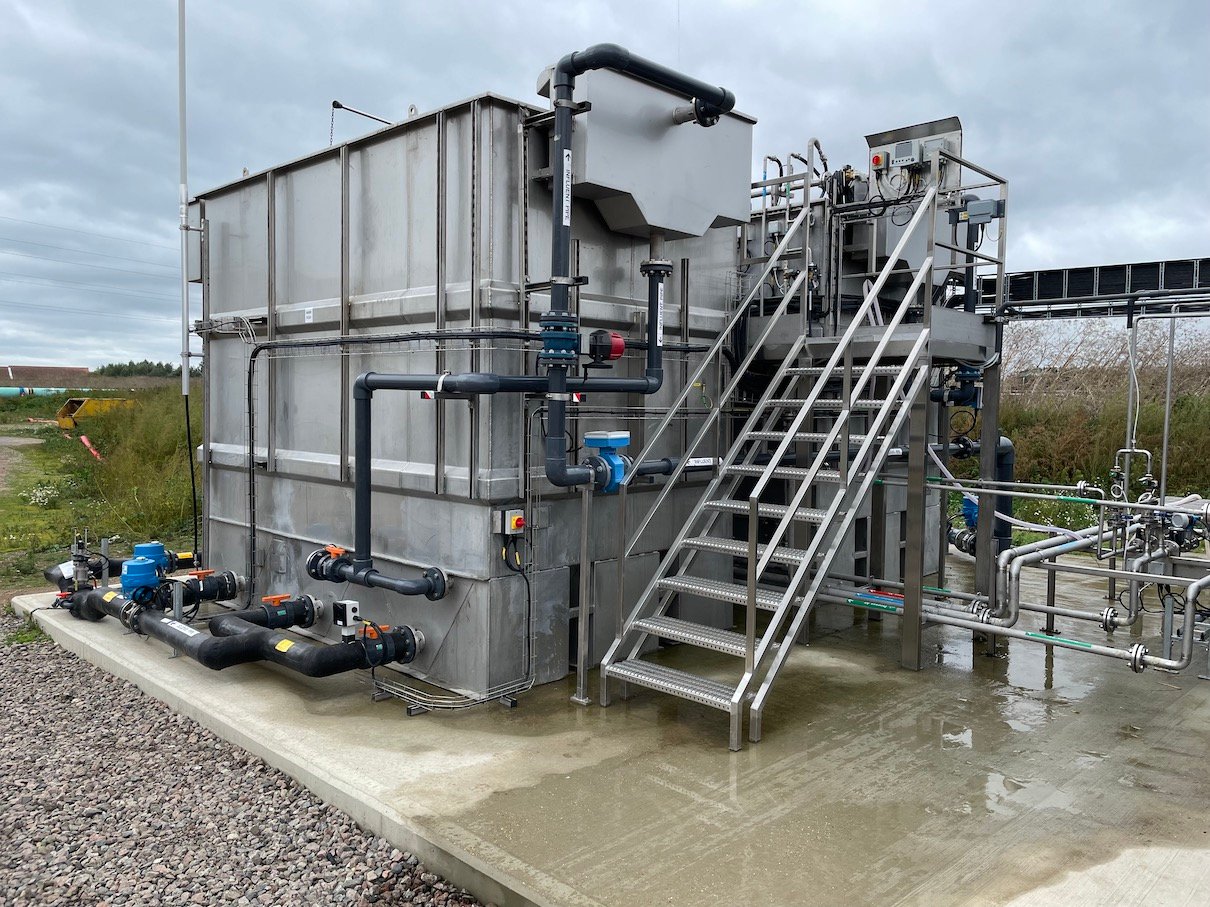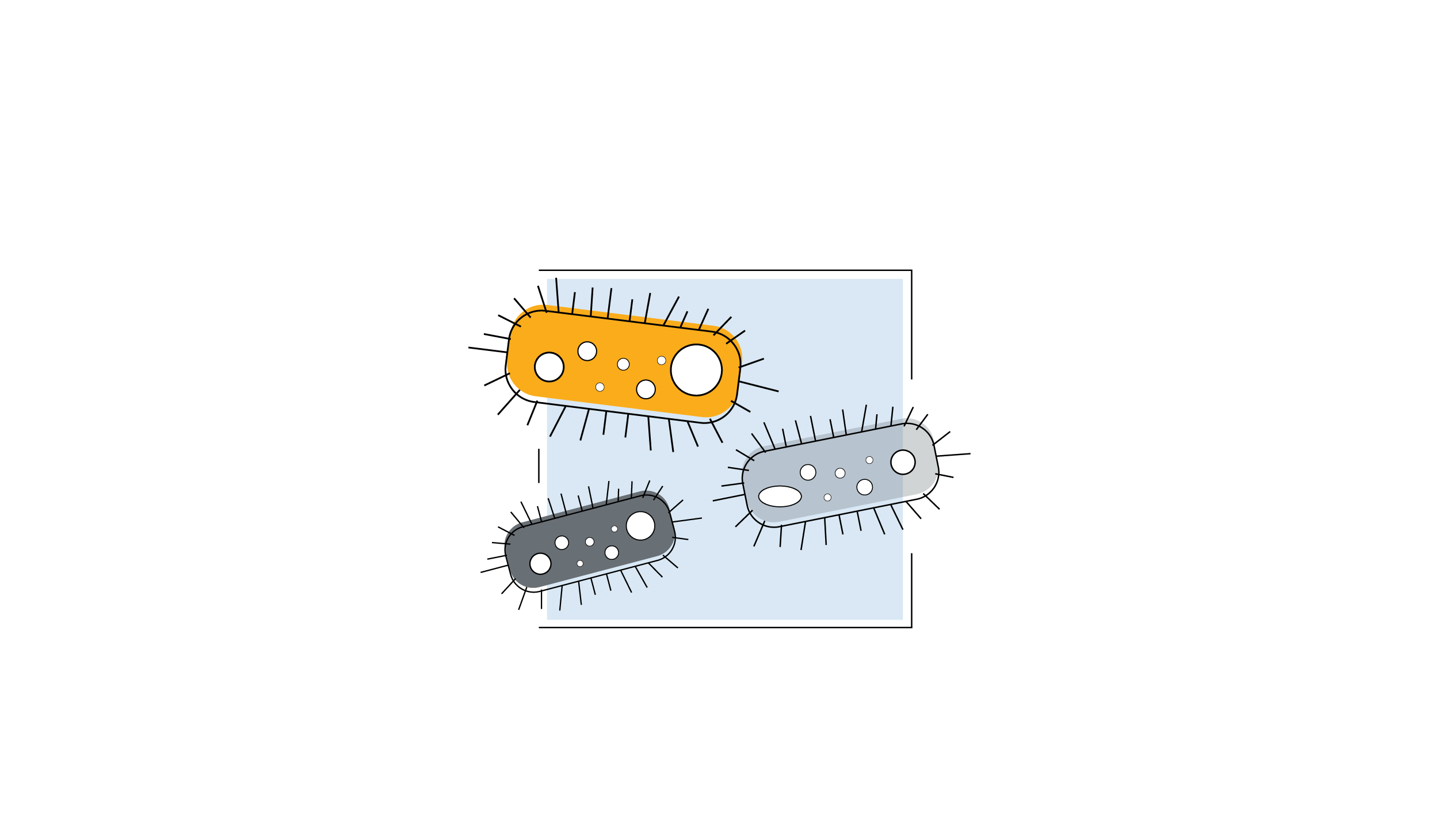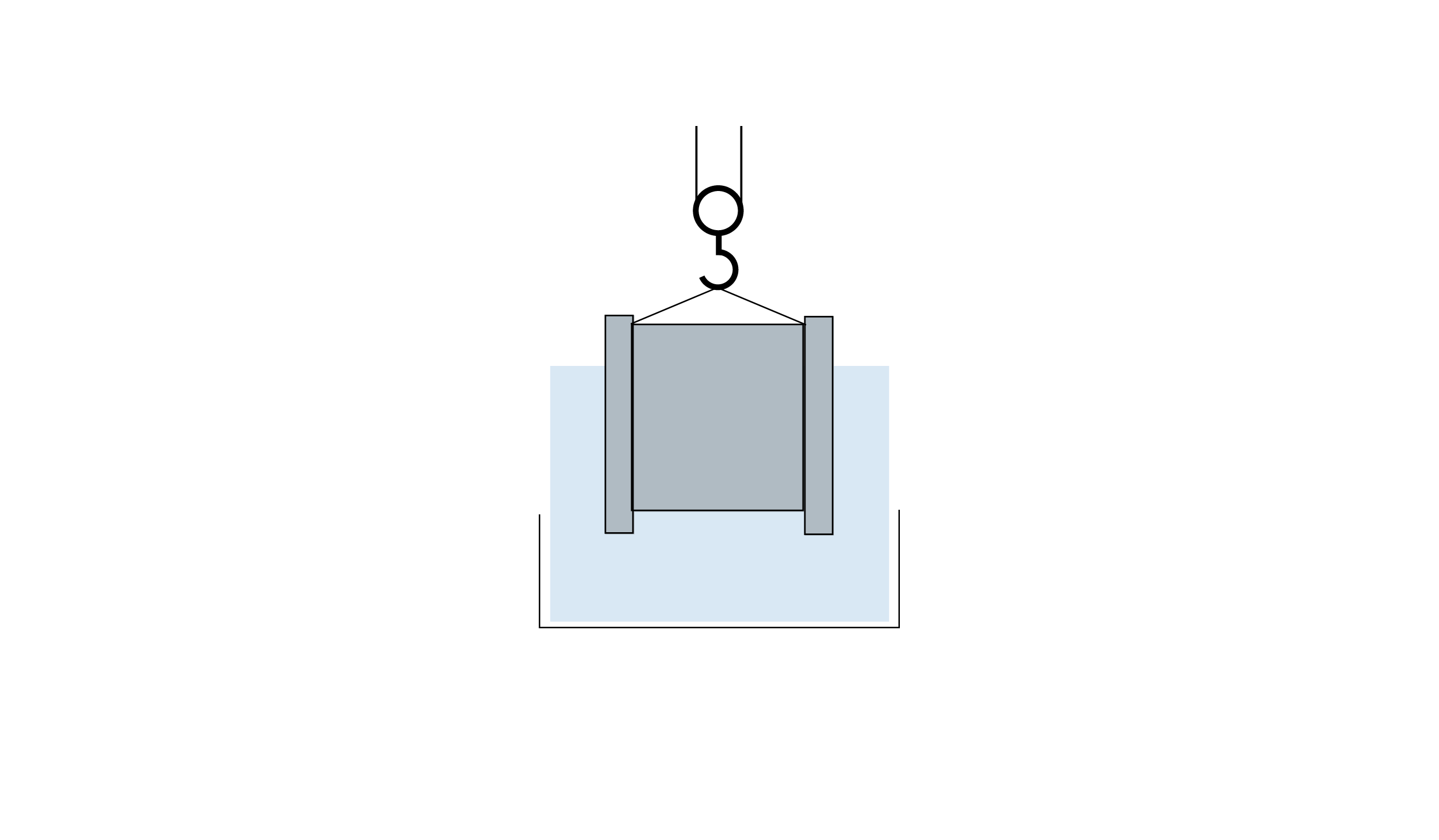Time for WasteWater Treatment Plants to Embrace the Latest Innovations
We need access to clean water to survive and prosper. Water helps us maintain our existence and to enjoy sustainable lifestyles. We are all too aware of the issues associated with water shortages, however, and thus it is increasingly important that we also look at the impact of our sustained negligence in wastewater treatment infrastructure. The good news is innovation has caught up and there is a new breed of wastewater treatment solutions like MABR which can make a material difference to the efficacy of existing processes.
Photo by frank mckenna on Unsplash
By caring for our environment we care for ourselves.
What's the hurry you may ask? The reality is that a major water crisis is fast approaching. As cities like Dublin, have experienced this is no longer a problem for future generations. Households and businesses in Dublin experienced water shortage twice this year already: first, in the winter when Ireland was hit with the freezing temperatures and snow flurries, and during the recent few weeks, when temperatures rose to 30-Celsius degrees and not even a drop of rainwater was seen since last month. The unfortunate reality is that Dublin is not alone, and many other cities will follow suit. The other point often neglected in this is the fact that it is not just domestic consumption that is at play, as agricultural and business use are also significant in their use.
Conventional Wastewater Treatment is Not Enough
The importance of wastewater treatment was recognized by ancient civilizations. For example, wastewater coming from domestic settlements and farms were used as a fertilizer to successfully increase crop yields.
In the mid-nineteenth century, a combination of factors from industrialization, to population growth, and intensive urbanization resulted in dirty and odorous water surrounding settlements, towns and cities. After reaching the conclusion that this water was contributing to disease, the process of piping wastewater ‘out of sight’ was started. However, this did not include any treatment at
As cities grew and land in their immediate neighborhoods became more valuable, piping wastewater further and further away became a problem. In the early 20th century treating wastewater biologically by removing the pollutants using microorganisms started slowly, first by introducing contact beds, with the '20:30' BOD becoming a standard. It meant that water with 20 mg Biochemical Oxygen Demand and 30 mg Suspended Solid per liter or less could be discharged to rivers.
Investing in WasteWater Treatment Infrastructure
In many of these cities, the ageing infrastructure with low treatment capacity and energy-intensive wastewater treatment processes are simply not able to meet the growing population demands.
These wastewater treatment plants are often located in areas where additional development is problematic, reducing the option set in terms of upgrading in situ. An intensification of most industrial processes which require more water and naturally create effluent is also contributing to the problem.
No matter which way you look at it our approach to wastewater treatment requires new and more efficient solutions.
Modern WasteWater Treatment Activated Sludge Systems
From an infrastructure perspective, modern innovative wastewater treatment solutions need to be more energy efficient, more cost-effective, with smaller footprints and be easy to deploy in municipal and industrial wastewater treatment plants (WWTP). The good news is that the latest breed of solutions like
Modern wastewater treatment has much more to offer in terms of the range of technologies that can be deployed, but the mainstream one, predominantly employed all over the world, is a Conventional Activated Sludge (CAS) system.
However, this approach wastes up to 70% of the energy by seeking to deliver oxygen into the wastewater. This conventional wastewater treatment consumes between 2-3% of a nation’s total electricity production per annum and is simply not sustainable.
This is due to a 100-year reliance on bubble diffusion for conventional secondary treatment which will typically suffer energy losses of 65-70% in the process because of the oxygen transfer limitations in the bubble aeration process.
The size of the conventional activated sludge systems is also fixed and requires a considerable footprint for up-scaling or building new greenfield applications, reducing the attractiveness of this approach.
WasteWater Treatment Requires Collective Responsibility
As with the recent example in Cape Town, where multiple actors collaborated to good effect, the responsibility lies with every level of our society:
-
Individuals - our lifestyles and routines
-
Our representatives - at municipalities, states and counties enforcing sustainable policies and actions towards environmental protection and water conservation
-
Commercial bodies - businesses and manufacturers of goods of all kind
In short, everyone that uses water and produces wastewater should think and act on minimising their impact on water global circulation for the sake of us all, our children, businesses, health, and our planet.
There is a huge space for improvement and there is a pressing need to act quickly as the current approach is simply not sustainable and the consequences of water shortages will be profound. We need to stave off such an eventuality as best we can
How to Future-Proof WasteWater Treatment Plants?

OxyFILM deployment on Spanish Municipal Wastewater Treatment Plant
Swapping conventional aeration systems with MABR and Bubbleless aeration represents a compelling alternative that overcomes traditional hurdles relating to OPEX, CAPEX and flexibility issues.
The OxyMem MABR ( OxyMem OxyFILM) does not have any such limitations as it does not rely on bubbles to deliver oxygen to the biology that breaks down the wastewater. This makes OxyFILM up to 7 times more energy efficient than Conventional Activated Sludge (CAS) and up to 10X more efficient than Moving Bed Biofilm Reactors (MBBR).
Summary
At OxyMem, we are providing products and services which continue to challenge the inefficiencies of the past 100 years. In doing so we enable our customers to build and operate energy efficient biological wastewater treatment plants and allowing them to get closer to energy neutral wastewater treatment goals.







